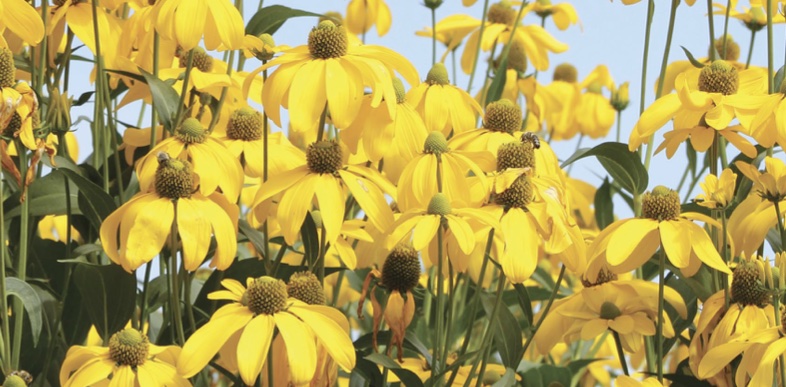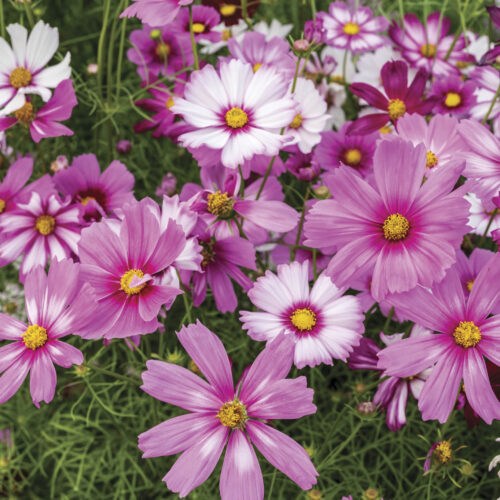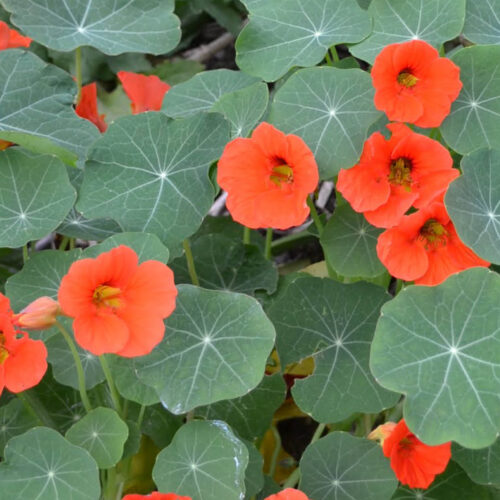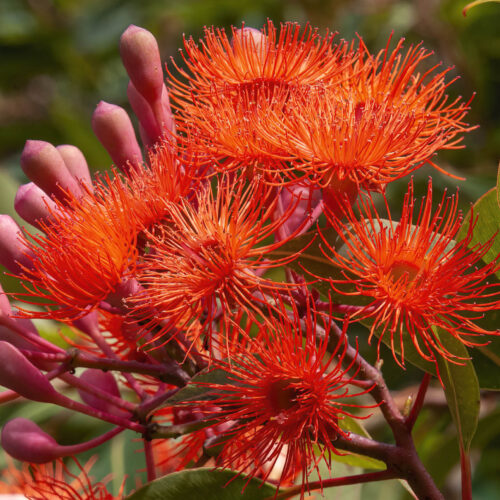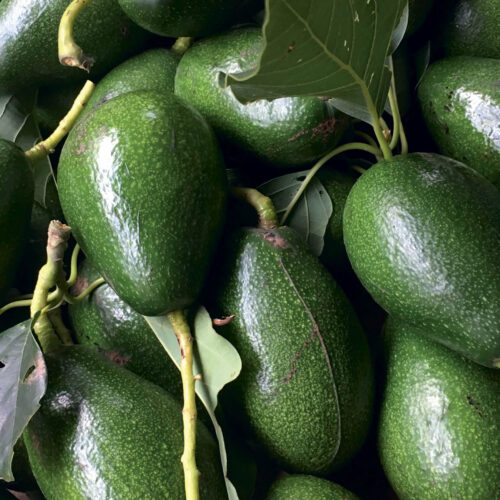Spring floral beauties
2023-09-04T03:42:18+10:00
Looking for flowering plants for your spring garden? Justin Russell suggests adding these four bright blooms - they'll bring both colour and pollinators to your patch!
These flowering plants will add colour to your garden this spring, as well as attract bees and other beneficial insects and birds.
Great yellow coneflower (pictured above)
Rudbeckia maxima
Height 1.8m
Width 0.5m
Sun/Shade Full sun
Flowers Summer to Autumn
CLIMATE ZONE: Subtropical/Warm temperate/Cold temperate
Maxima by name, maxima by nature. With yellow, sombrero-like flowers perched on impossibly long stems that arise from a rosette of paddle-shaped, glaucous leaves, the great coneflower is a perennial that doesn’t do things by halves. It’s as southern as fried chicken, hailing from US states such as Texas, Louisiana and Arkansas, yet is adaptable to a wide range of growing conditions and climates. Though drought tolerant, it performs best in moist, free-draining soils loaded with organic matter, so add some compost before planting and mulch well thereafter. Bees and other beneficial insects flock to the flowers and finches enjoy the seed heads in winter. A magnificent plant for a perennial border!
Cornflower
Centaurea cyanus
Height 0.8m
Width 0.3m
Sun/Shade Full sun/part shade
Flowers 60 days to flower
CLIMATE ZONE: Subtropical/Arid-Semi Arid/Warm temperate/Cold temperate
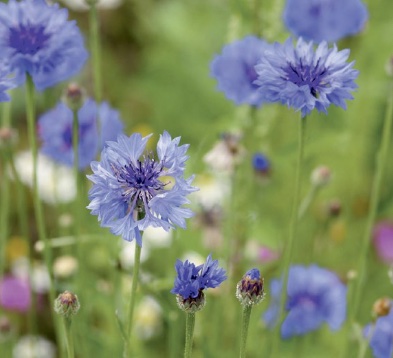
The colour blue, not purplish blue but true, genuine blue, is a rarity among flowers. It’s so distinct that plant connoisseurs get themselves in a lather trying to grow elusive species such as blue Himalayan poppies, but thankfully, for those of us looking for something easygoing but delightful, there is the cornflower. The species is as blue as a rain-washed September sky. A native of wildflower meadows and cultivated fields in Europe, this annual loves being sown direct into any reasonable soil and makes a good companion for other wildflower species. Keep soil moist after sowing (direct sow seed – germination can take a few weeks) and provide extra water if a dry spell occurs during the growing period. As a bonus, the blooms are edible and make stunning decorations for cakes.
Willow bottlebrush
Callistemon salignus
Height 6-10m
Width 3-5m
Sun/Shade Full sun
Flowers Spring to summer
CLIMATE ZONE: Subtropical/Arid-Semi Arid/Warm temperate/Cold temperate
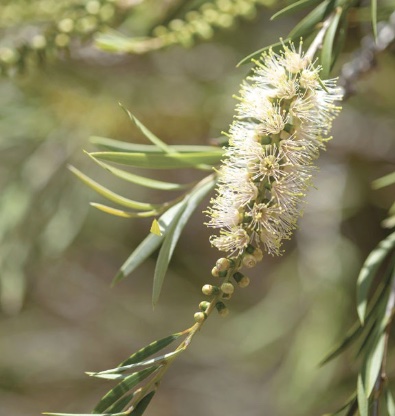
For many Australians, the term “bottlebrush” immediately conjures up images of a shrub
with crimson red flowers set against a mass of green leaves. It’s one of our iconic plants. Did you know, however, that the Callistemon genus features flower colours other than red? One of the more unusual is the creamy white flower of Callistemon salignus (syn. Melaleuca salicina). The common name is in honour of its wispy, willow-like foliage, which emerges pink in spring. This lovely small tree is highly adaptable. It is unfazed by either drought or waterlogged soil, making it a life saver for problem areas in the garden. It’s rich nectar is a magnet to birds so expect it to be filled with honeyeaters, lorikeets and spinebills during the flowering season.
Salvia ‘hot lips’
Salvia microphylla
- Height 1m
- Width 1m
- Sun/Shade Full sun
- Flowers October-May
CLIMATE ZONE: Tropical/Subtropical/Arid-Semi Arid/Warm temperate/Cold temperate
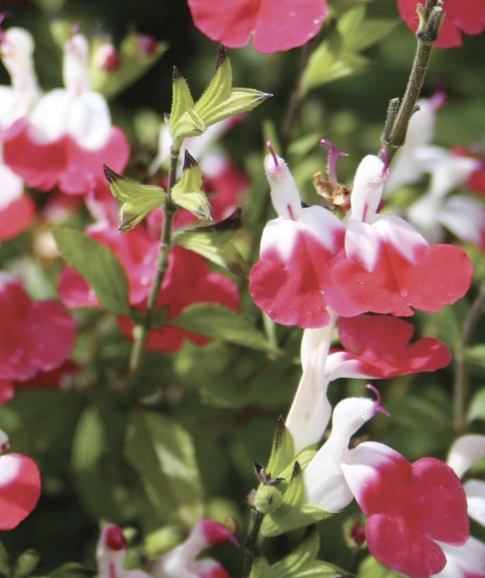
One of my all-time favourite salvias, ‘Hot Lips’ is the kind of plant that gets gardeners’ hearts racing. For two thirds of the year it adorns itself with small but intensely coloured flowers that are pure white with a shock of cherry red lipstick on the lower edge of the petals. It’s quite distinctive. ‘Hot Lips’ is also noted for her toughness. Drought, heat, rain, wind… it will handle the lot and it will do so with style and grace. In colder climates the plants become daggy over winter but in warmer areas they stay bushy and fresh all year round. Either way, prune hard each spring to promote new growth and lots of flowers that attract butterflies and beneficial insects. Use some prunings as cuttings – they take easily.

